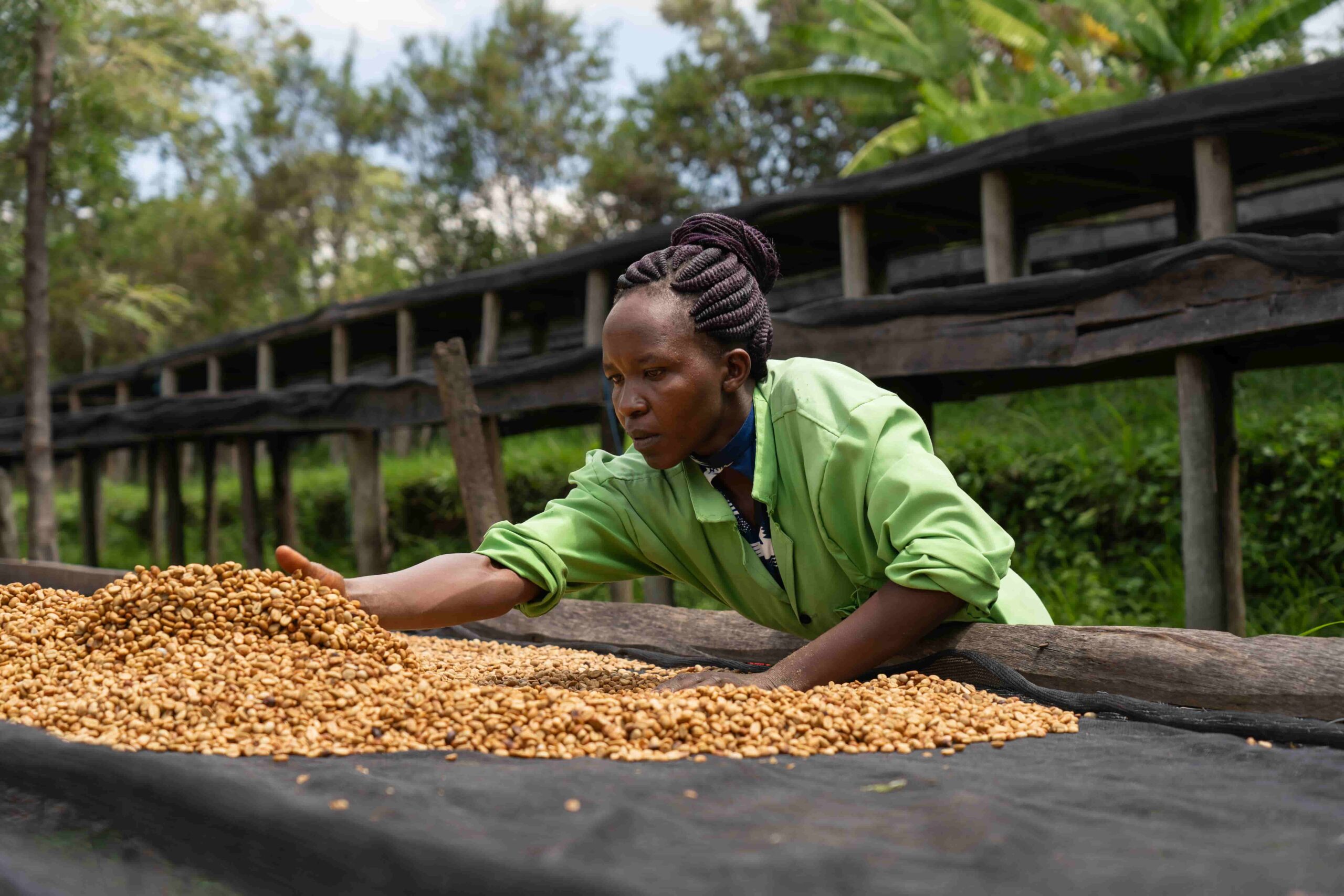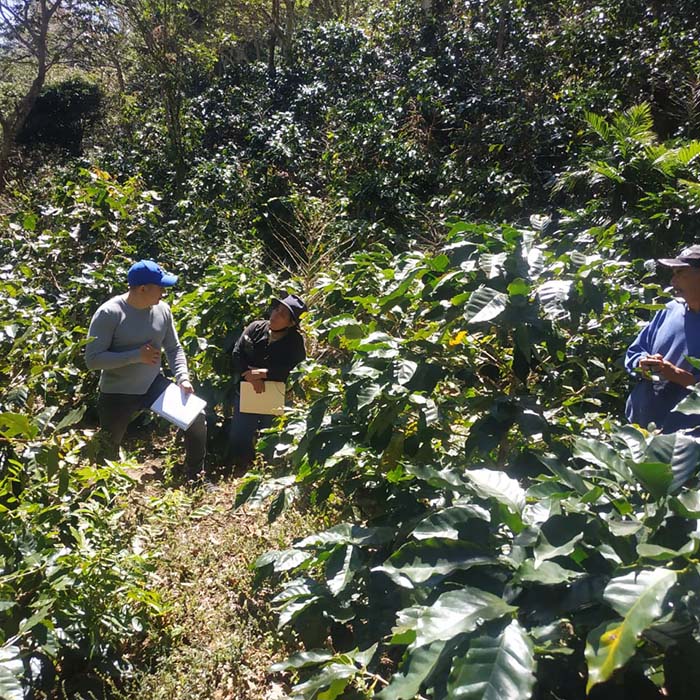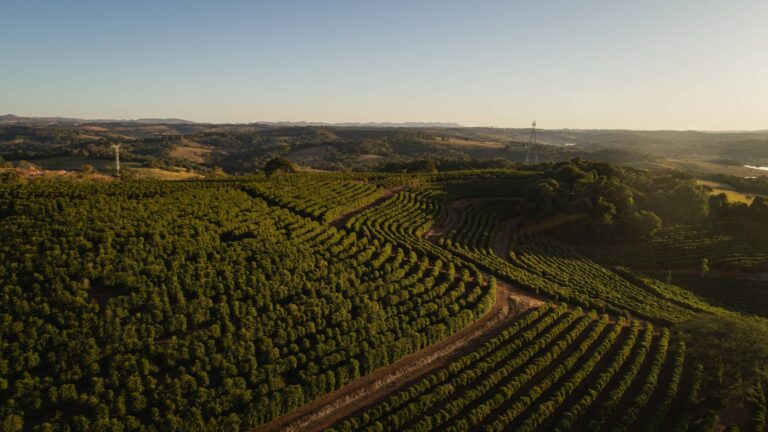Modern Recipes processes
What are they?
Explore the sensory nuances and enrich your coffee experience.
Modern processes are relatively new in coffee production, the aim of these processes is to create special flavour profiles or to significantly improve the profitability and quality of traditional processes through the use of innovative fermentation and drying techniques.
Techniques
Fermentation
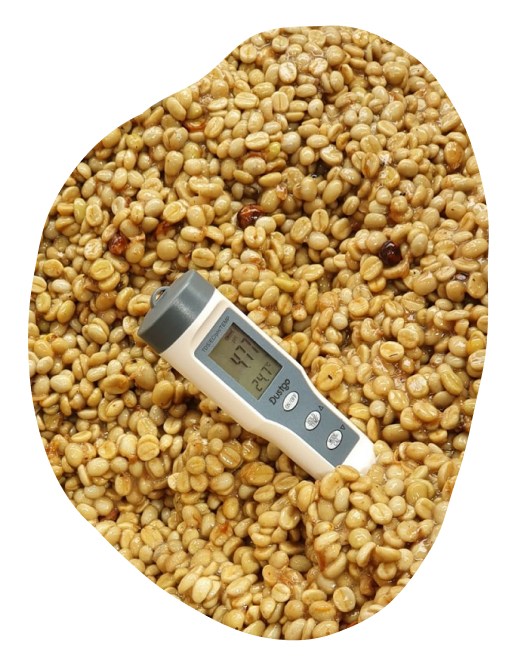
The fermentation process
This stage occurs in complex chemical processes in which bacteria and yeasts produce enzymes that accelerate chemical reactions. Through fermentation, the chemical composition of coffee can change dramatically.
Types of fermentation
Fermentation can occur in different ways:
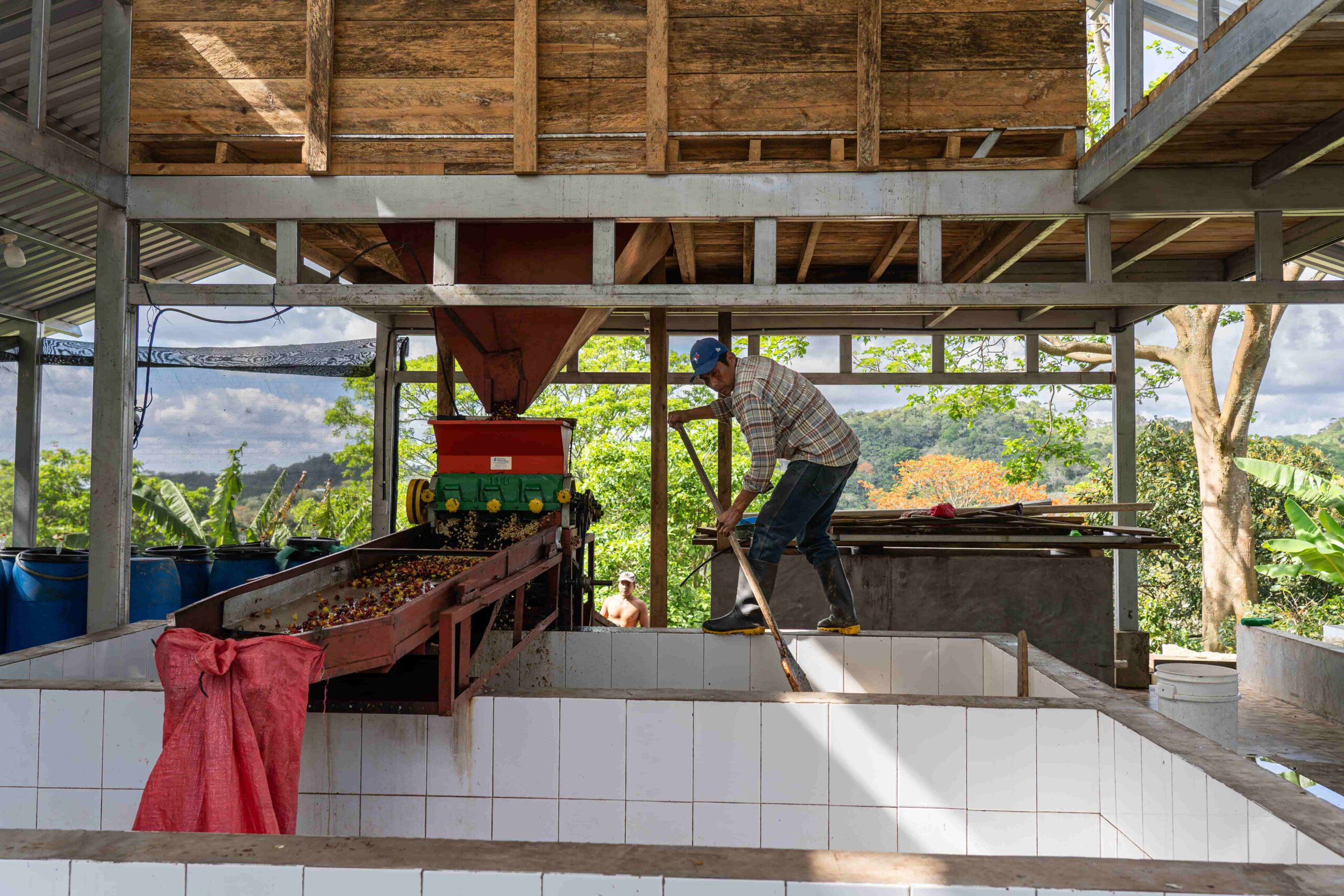
Aerobic
Air fermentation in places with oxygen with oxygenthis strengthens the creation of acetic acids.

Anaerobic
Fermentation inside a closed tank, without oxygenThe fermentation process, without oxygen, enhances the creation of lactic and alcoholic acids and volatile aromatic compounds.
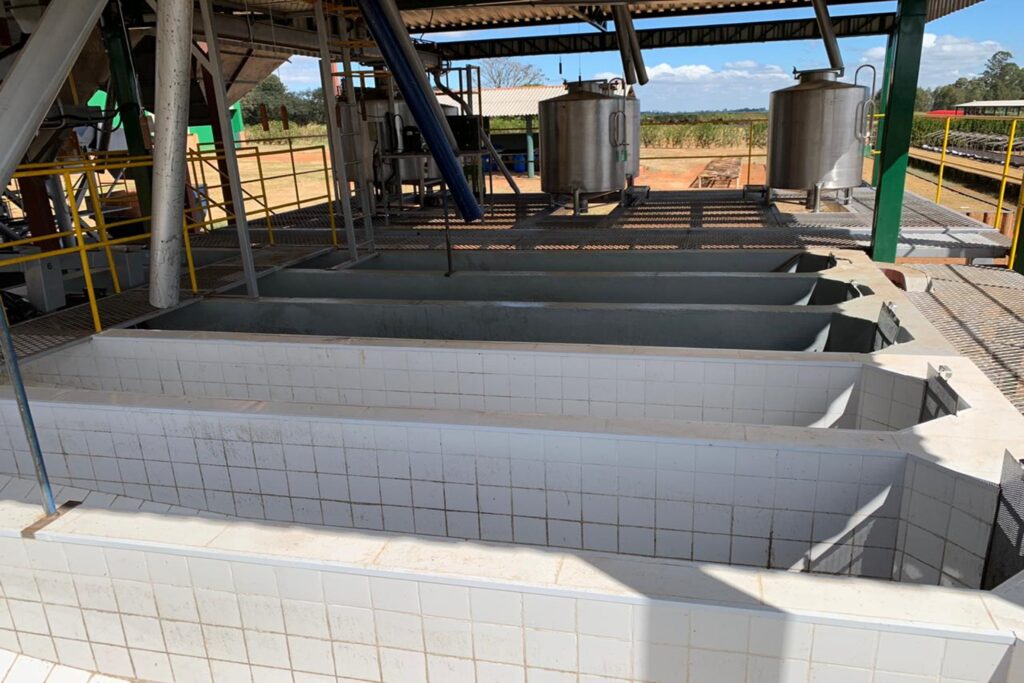
Combined
Fermentation combining aerobic and anaerobic techniques helps to create very complex acidity combinations.
Fermentation time
Time is another important factor in fermentation, the fermentation hours are the time in which the yeast and bacteria interact with the organic matter of the coffee pulp modifying it. The longer the fermentation time, the more chemical reactions can occur and the more noticeable the change in flavor and aroma of the coffee.
The fermentations have a system of ‘sizes’ according to the time they last:
Between 12 and 23 hours
Between 24 and 48 hours
Between 48 and 71 hours
Between 72 and 95 hours
Between 96 and 119 hours
Between 120 and 143 hours
Between 144 and 168 hours
Between 169 and 299 hours
300 or more hours
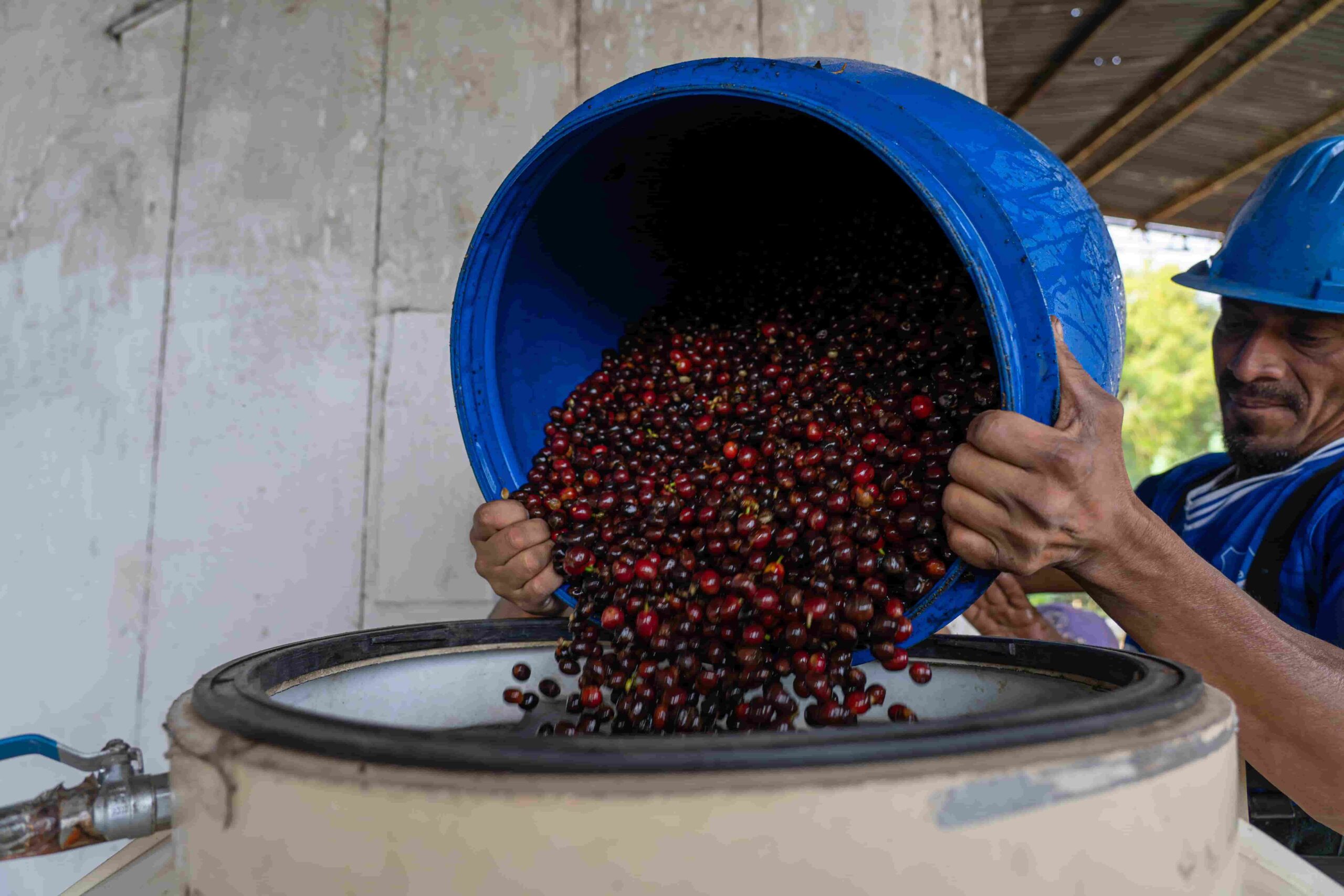
Variables of fermentation
In addition to conditions and time, fermentation can be influenced by many other variables to change its type, speed and intensity. The fermentation conditions can be influenced by changing the concentration of substances, temperatures, salts… To better control the process and to obtain the desired results, we can influence the direct participants of the process by adding specific live cultures such as yeast, bacteria or fungi among others.
Different places are used for fermentation, the type of fermentation, its conditions, productivity and complexity depend on the place where the coffee is fermented, it can take place in traditional tanks or piles, watertight barrels, bags…

Drying
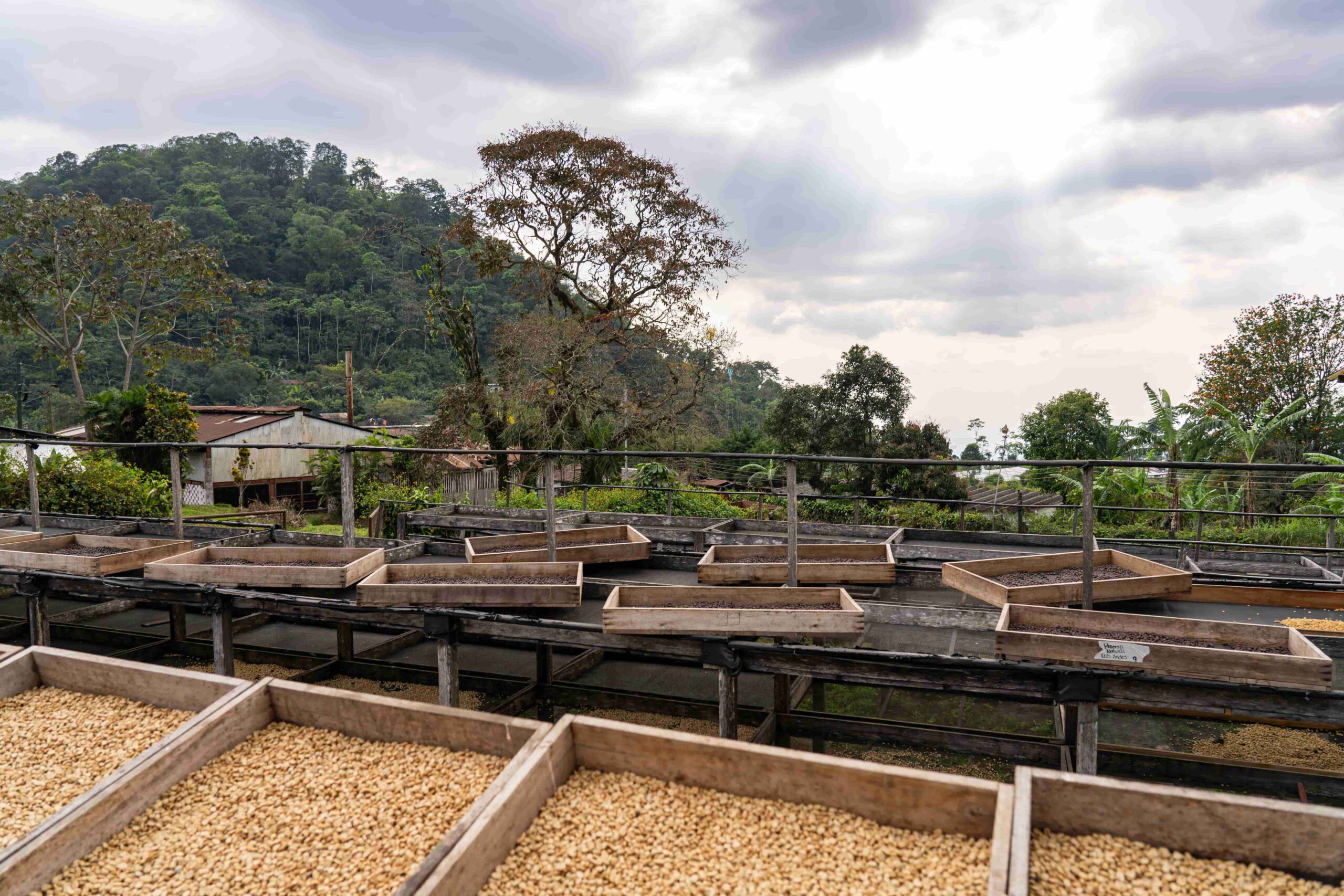
The drying process
Drying is a very important stage in coffee production and can be simple or complementary.
The objective of the drying stage is to bring the beans uniformly to the export humidity level (around 10%), which allows the coffee to be stored and roasted in a safe and adequate manner.
Simple drying does this step without the aim of adding anything else to the grain, while supplementary drying, in addition to moisture loss, aims to add more complexity to the grain by solving additional tasks such as prolonging the fermentation process that occurs in the natural process.
Drying techniques
Drying techniques contribute to the achievement of additional tasks, such as manipulations and the use of materials that allow influencing the temperature, speed and conductivity of the drying, modifying its physical/chemical state in a controlled manner.
Among the drying techniques that can be used are:
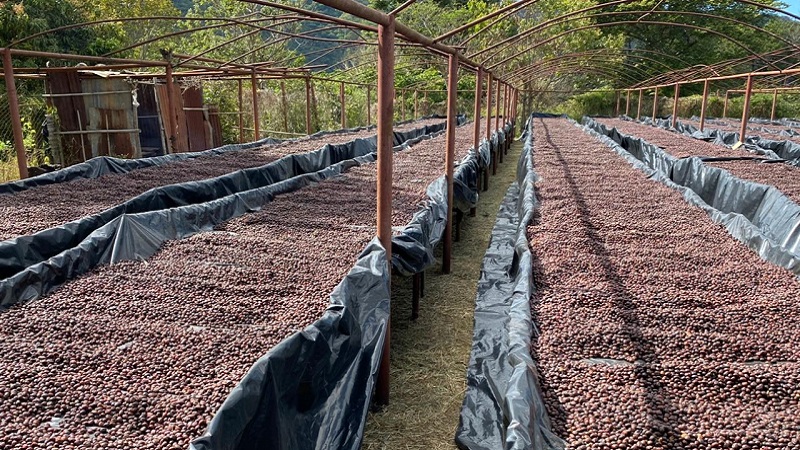
Sleeping Bag
An opaque material that retains Moisture is used. The process alternates between open and closed stages. When the coffee is opened and spread evenly, normal drying occurs on the surface. In addition, periodically, the coffee is very well covered with material, as in a sleeping bag. This technique greatly increases fermentation and allows you to maintain the high density of the grain, fruity and vinous notes usually accompany this technique.
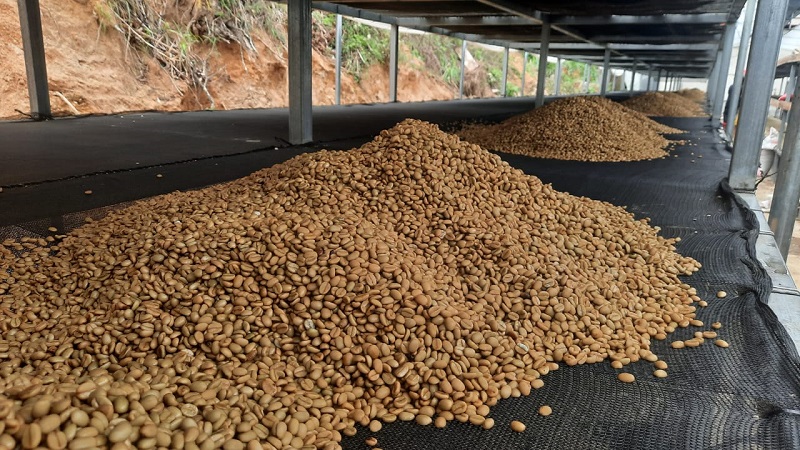
Mountain Dry
This technique differs from the traditional one in that from the very beginning of the drying process, the coffee is deposited in a thicker layer and each day the thickness of the layer increases, the coffee goes uphill, hence the name of this technique. A thicker layer slows drying, but raises the temperature and intensity of fermentation. As a result, the Coffee has more Fruity notes, the Acidity is above average.
Place and time of drying
The place where the coffee is dried depends on the climatic and geographical characteristics of the area, so in dry highland regions, patios are usually used, or in rainy and cooler highland areas, the coffee is protected from rainfall in canopies or parabolic dryers. Climatic and geographical conditions also influence the drying of coffee, so that these stages can be carried out under the sun, in the shade, mechanically…
One of the most important factors in the drying process is time, the length of the process will depend on the climatic conditions and the technique used, as each coffee and each process under specific conditions requires its own drying period.
Drying times can range from 1 to 35 days.
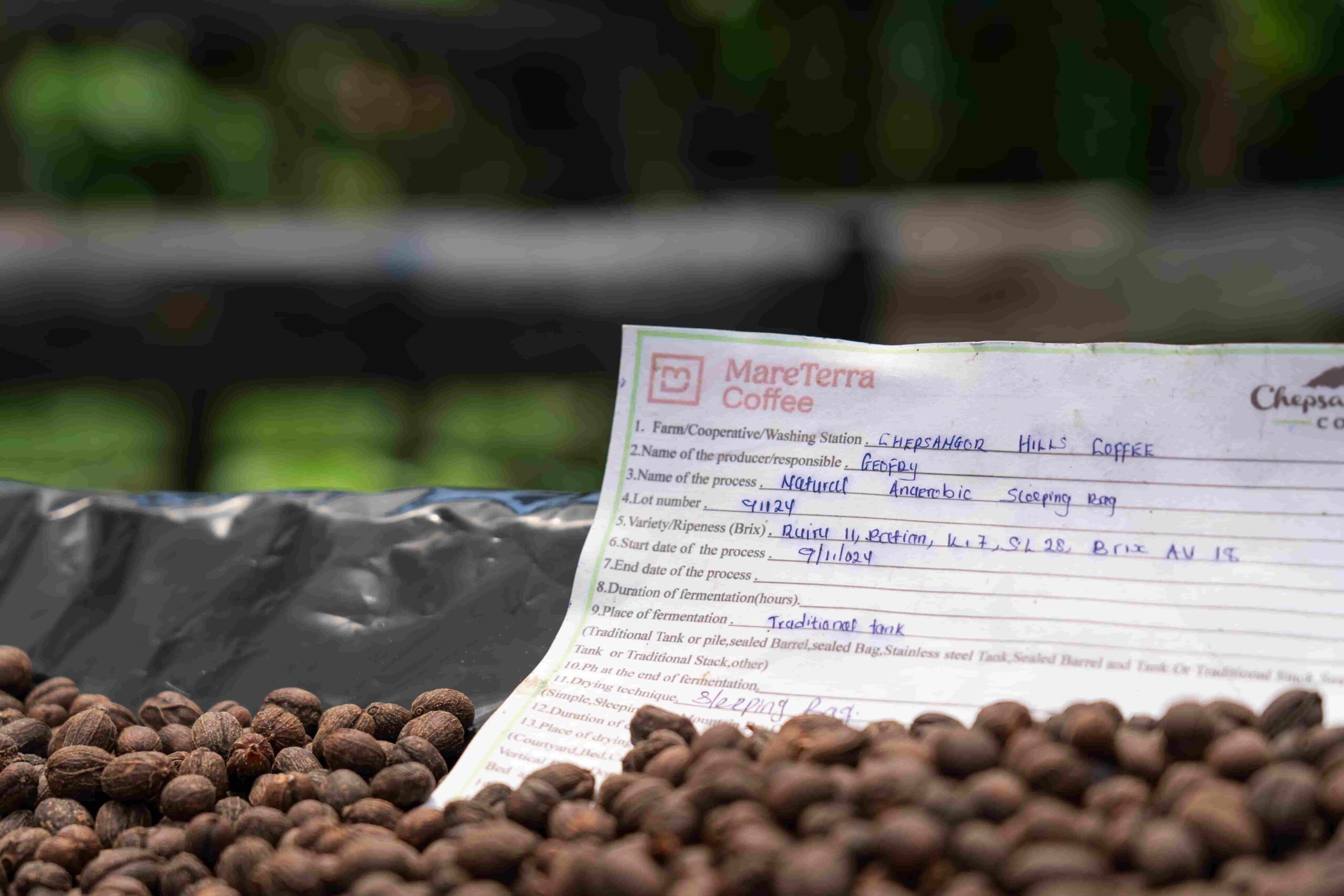
Rest

The resting process
Finally, and depending on the complexity of the fermentation process, the length of the resting period will depend on the density of the grain, the denser it is and the more chemically complex it is, the longer it will take to stabilise. The resting place should always be dark, clean, dry and cool, bags, silos… can be used and the duration can be from M – 30 days- to L – 60 days-.
The Vanguard Processes are a modern vision of coffee as a high quality product that offers not only gustatory pleasure but also a constant challenge for the development of taste perception.
Our Modern recipes processes
· Cherries received and sorting by ripeness
· Pulping and extended aerobic fermentation between 120 and 143 hours
· Washing and outdoor drying
· Cherries received and sorting by ripeness
· Pre-fermentation and pulping
· Prolonged aerobic fermentation between 120 and 143 hrs.
· Washing and outdoor drying
· Cherries received and sorting by ripeness
· Pre-fermentation and pulping
· Aerobic fermentation between 72 and 95 hours
· Washing and outdoor drying
· Cherries received and sorting by ripeness
· Anaerobic fermentation in cherry and pulping
· Washing and outdoor drying
· Cherries received
· Sorting by ripeness
· Pulping
· Anaerobic fermentation without the husk
· Washing
· Outdoor drying
· Cherries received and sorting by ripeness
· Anaerobic fermentation in cherry and pulping
· Aerobic fermentation with beans covered by a “coffee cherry husk blanket” and ice on top
· Washing and outdoor drying
· Cherries received and sorting by ripeness
· Anaerobic fermentation in cherry
· Pulping and outdoor drying with the Sleeping bag technique
· Cherries received and classification by maturation
· Anaerobic fermentation in cherry
· Pulped and outdoor drying
· Cherries received and sorting by ripeness
· Pulping and outdoor drying with the Sleeping bag technique
· Cherries received and sorting by ripeness
· Anaerobic fermentation in cherry
· Outdoor drying
· Cherries received
· Sorting by ripeness
· Prefermentation
· Pulping
· Anarobic fermentation without peel with added fruit juice
· Aerobic fermentation
· Washing
· Outdoor drying
· Cherries received and classification by maturation
· Outdoor drying with Mountain dry technique
· Cherries received and classification by maturation
· Outdoor drying with Sleeping bag technique
· Cherries received and classification by maturation
· Anaerobic fermentation in cherry
· Outdoor drying with Mountain dry technique
· Cherries received and classification by maturation
· Anaerobic fermentation in cherry
· Outdoor drying with Sleeping bag technique
· Cherries received and classification by maturation
· Anaerobic fermentation in cherry +300 hrs.
· Outdoor drying
· Cherries received and classification by maturation
· Anaerobic fermentation in cherry +300 hrs.
· Outdoor drying with Mountain Dry technique
· Cherries received and sorting by ripeness
· Anaerobic fermentation in cherry
Pulping and aerobic fermentation
· Washing and outdoor drying
· Cherries received and classification by maturation
· Pulping and anaerobic fermentation without shell
· Aerobic fermentation
· Washing and outdoor drying
· Outdoor drying
· Cherries received and classification by maturation
· Anaerobic fermentation in cherry with yeast
· Outdoor drying
Mix of natural Sleeping bag:
· Cherries received
· Sorting by ripeness
· Outdoor drying with Sleeping bag technique
+ Airmechanical Natural:
· Cherries received
· Pre-drying outdoors
· Drying in an industrial dryer
· Cherries received
· Sorting by ripeness
· Anaerobic fermentation in cherry
· Freezing for 24 hours
· Thawing
· Outdoor drying with Sleeping bag technique
